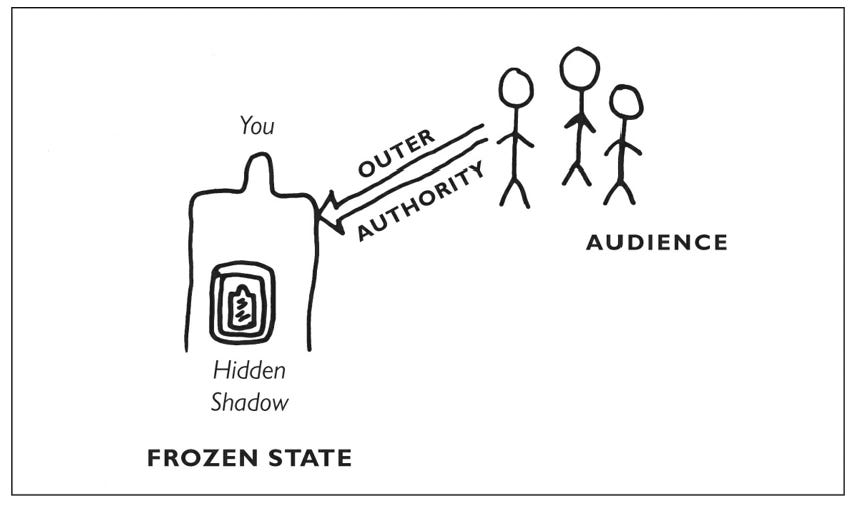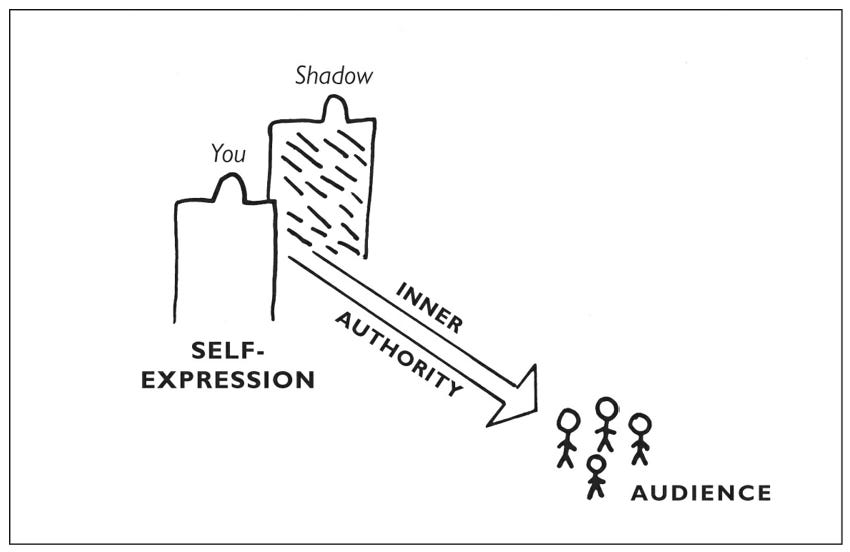I’m standing in front of a small audience of people I know from all different times of life. My parents and grandparents are there. Alicia is there, but as an 8-year-old, and Rachel is there but all grown up. Israel and Leo, and Israel’s family are there. We’re all on the same physical level, but I’m by myself seemingly about to address the crowd. They’re loud, talking amongst themselves but aware that I’m supposed to say something. I notice off in the corner behind me to the left is a small kid that looks like the character in the Peanuts that always has messy hair. I look closer and it’s 3rd-grade Becca, with long messy hair and bangs past her eyebrows. She’s a disaster. I notice she has a pink basket; one of those plastic stackable ones with 4 narrow legs and a slanted opening used for toys or other kids’ junk. She was trying to use it to organize her desk at school, in Miss Star’s class. She had her chin in her hands and head off in the clouds. I looked at her, a complete mess, and I didn’t ask her what was wrong, because of course I know what’s wrong - the kid is me - but I said to her, “you know you’re a disaster, but you’re going to do some pretty cool things in life,” and she lit up. She said, “I am?” And I said, “mmhmm,” and she took my hand and said, “ok then let’s go, because I have a lot of things to say.” She and I faced the crowd, who are now below the stage and their faces can’t be seen, as the spotlight is on us. Little Rebe, holding my hand, is now an adult, wearing one of the capes Leo makes me wear. I don’t know what happens next, but I’m ready for whatever it is.
That little Becca is my shadow, and this is an exercise from Phil Stutz in his book, The Tools. I feel like I’ve unlocked a new depth of myself and a new vast landscape for the future. I had been learning about the concept of the inner child, a theme Dr. Becky talks about a lot, which resonated some, but I didn’t really get it until I started learning about the “shadow,” which is everything we can’t stand about ourselves and are trying to hide.
What’s curious about my shadow is that my real self is also a mess. I don’t really hide behind perfectionism or seeming like I have it all together. My current day hair is still a mess and I’m not too bothered by it. In fact if I compare myself to the women in my life as a kid, both of my grandmothers and my mom were all elegant, always perfectly together from hair to jewelry to the way they dressed. My mom still keeps a lint roller with her and a comb everywhere she goes. When we were kids, on days meant for running around, my mom did wear jeans… but she wore her pantyhose underneath to keep it all together! I was never and still am not “all together.” And I guess instead of trying to cover up that I am not, I don’t try too hard at all. My shadow wins.
I’m just at the beginning of diving into all of Stutz’ tools and understanding how my shadow is not a part of me to avoid, but in fact she’s the part of me that has a lot to say, the part that allows me to evoke my “Inner Authority” and through self-expression, tap into a higher self. I’ve been fighting that mess of a kid my whole life. Trying to find new ways to be organized, haircuts that are less like a girl version of Pig Pen, and getting so mad at myself anytime I show up late or let someone down. Can’t I just get it together???
But somehow I have been able to accomplish quite a lot even with my shadow buried inside me. I think the trick though is not to bury her, but invite her to the stage. How much more can I do with this life by embracing the unembraceable?
Your Turn.
Run to your nearest library, Amazon, or bookstore and go get The Tools book, because there’s way more to it than this. But if you’re in a rush to find and work with your shadow, try the steps below.
Close your eyes and imagine yourself in front of a person or group who makes you feel insecure. Focus on your body. Identify any of the symptoms of freezing we’ve mentioned. What is it like to try to express yourself in the face of these symptoms? (Stutz, Phil; Michels, Barry. The Tools (p. 101).)
Go back to the feeling you had in the last exercise: you’re in front of a group of people who make you feel insecure and self-conscious. Focus on the emotions this brings up. Now push those feelings out in front of you and imagine they form a being with a face and body. (Stutz, Phil; Michels, Barry. The Tools (p. 107).)
Inner Authority: Imagine that you’re standing in front of an audience of one or many. See an image of your Shadow off to one side, facing you. Ignore the audience completely and focus all of your attention on the Shadow. Feel an unbreakable bond between the two of you—as a unit you’re fearless. Together, you and the Shadow forcefully turn toward the audience and silently command them to “LISTEN!” Feel the authority that comes when you and your Shadow speak with one voice. (Stutz, Phil; Michels, Barry. The Tools (p. 116).)




